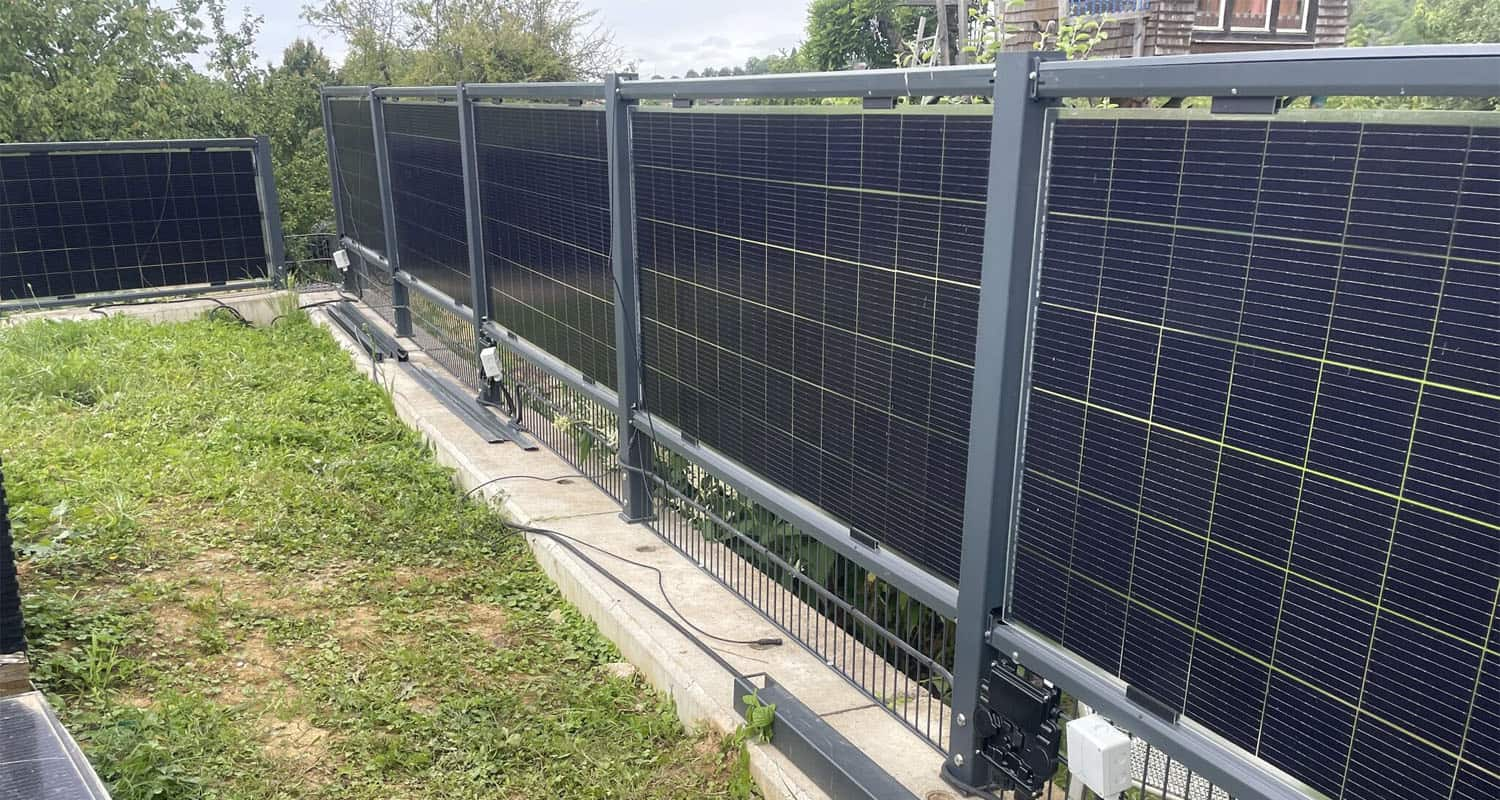The Rising Potential of Vertical Solar Installations
Jun 06, 2025
Traditionally, solar panels face the sun at an angle, maximizing direct exposure. However, mounting photovoltaic modules vertically – standing upright like fences or walls – presents unique advantages, particularly when using bifacial technology, and signals an intriguing evolution in solar deployment.
The most compelling benefit lies in bifacial vertical panels capturing sunlight on both sides. This significantly boosts energy yield during mornings, evenings, and winter months when the sun is low on the horizon, times when tilted panels are less effective. This flatter daily production profile better aligns with typical energy demand curves, reducing reliance on storage or grid balancing. Furthermore, vertical mounting excels in challenging environments. Snow slides off effortlessly, eliminating production losses and the need for hazardous clearing. In high-wind areas, the vertical orientation often experiences lower structural stress. Crucially, vertical arrays minimize ground coverage, unlocking vast potential for agrivoltaics. Crops can grow freely between rows, machinery can operate underneath panels mounted high, and grazing can continue, maximizing land-use efficiency without sacrificing agricultural output.
Looking ahead, vertical bifacial solar holds significant promise. As bifacial technology matures and costs continue their downward trajectory, these systems become increasingly viable beyond niche applications like highway noise barriers or fencing. Regions with high latitudes, significant snowfall, or valuable agricultural land stand to benefit immensely. Integration into building facades offers another frontier, transforming structures into energy producers without consuming additional land. Policy frameworks recognizing the dual land-use and grid-balancing benefits will be crucial for wider adoption. Ongoing research into optimal spacing, height, reflectivity of ground surfaces, and specific crop-panel interactions will further refine performance and economic models.
Vertical solar, especially bifacial, is not a replacement for traditional installations but a powerful complementary approach. Its ability to generate power effectively in specific conditions, overcome environmental challenges like snow, and harmoniously share land with agriculture positions it as a key player in diversifying and expanding the global solar energy portfolio, paving the way for more integrated and efficient renewable energy landscapes.